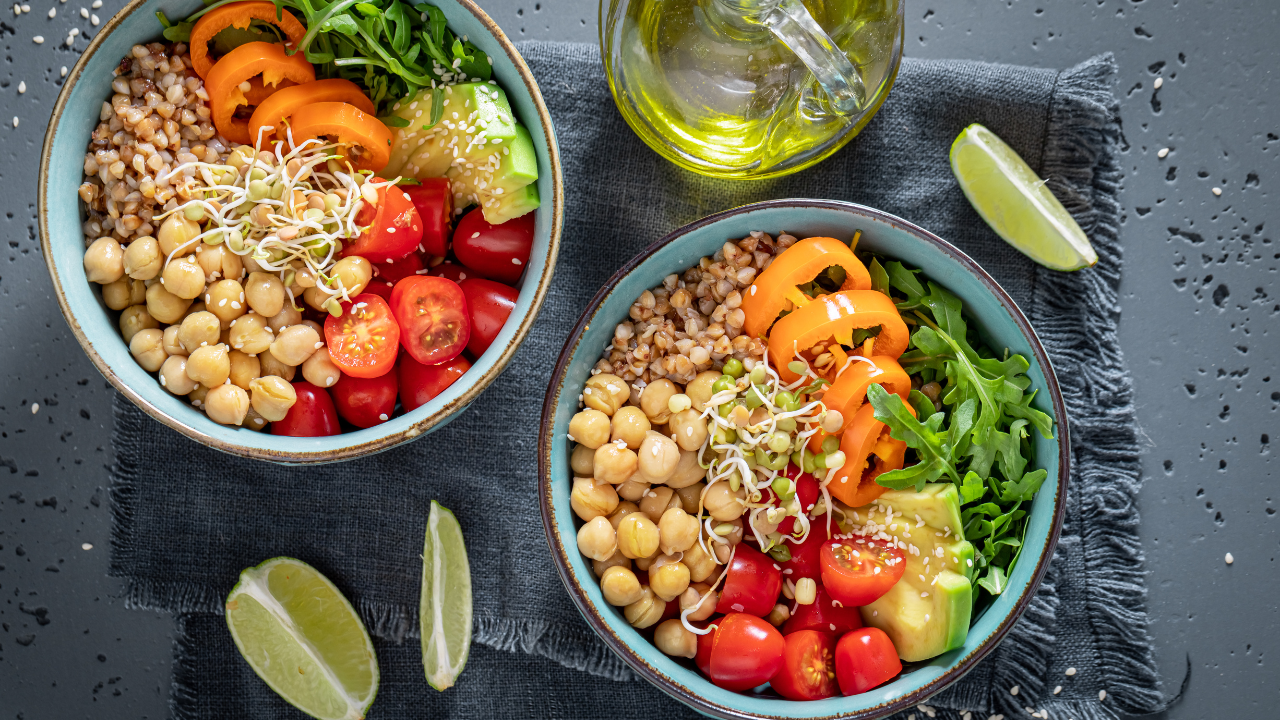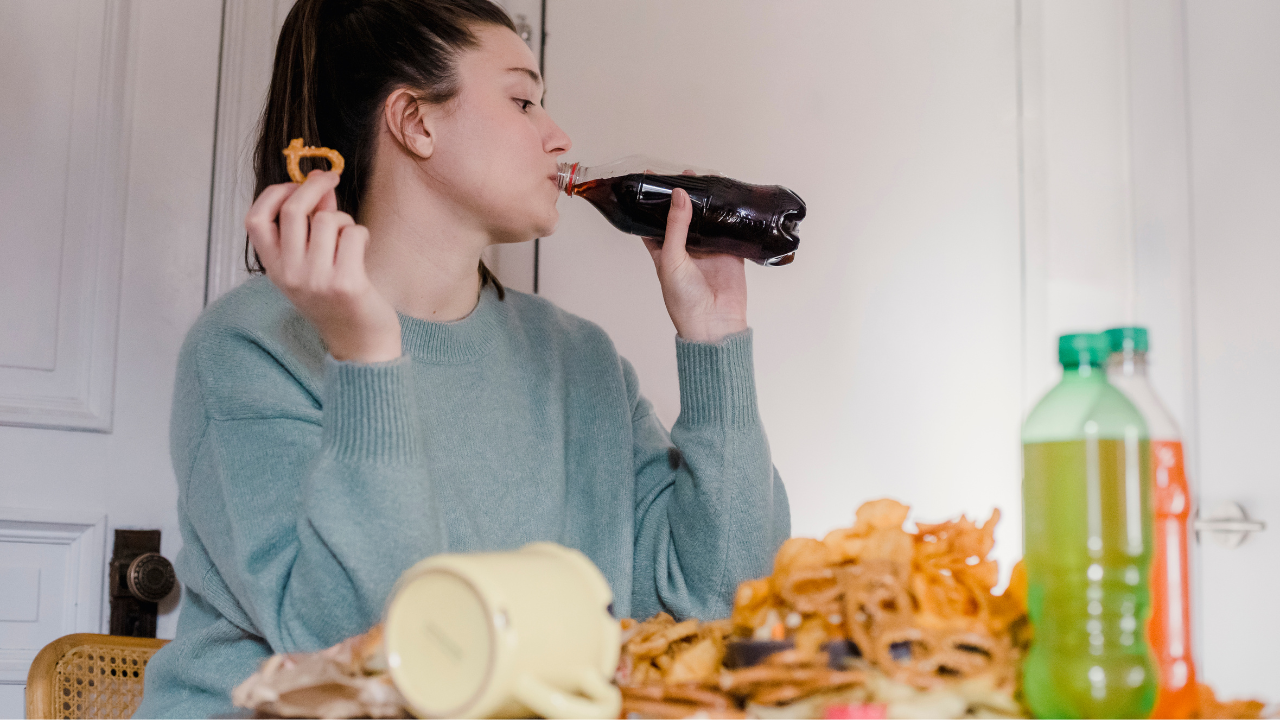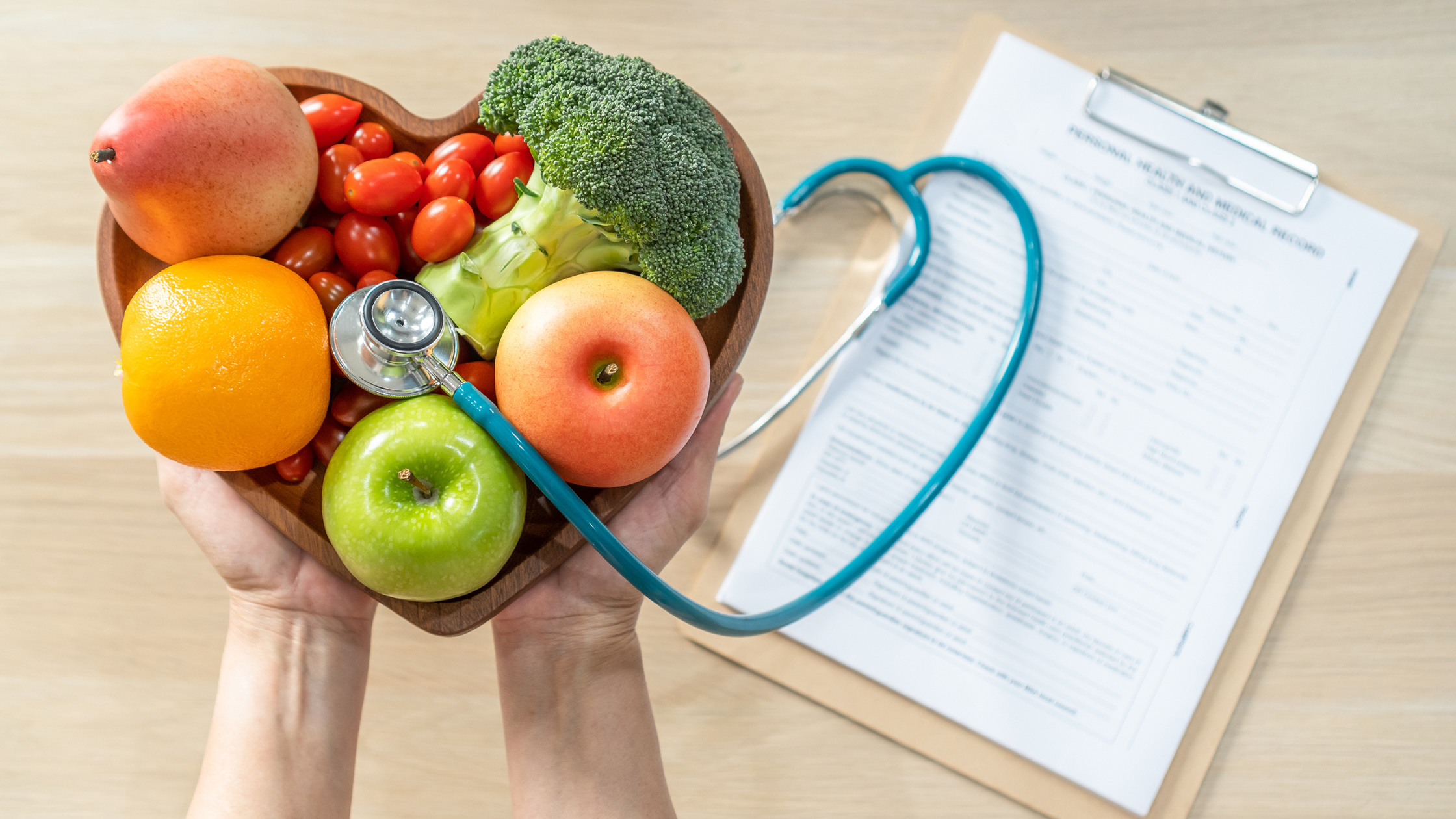The 4 Types of Hunger in Intuitive Eating
Did you know that it’s actually normal to eat when you aren’t physically hungry? Despite what diet culture tells us, food is more than just fuel! There are many reasons why we make the food choices that we do.
In the intuitive eating space, there are four main types of hunger that we talk about honoring - biological (aka physical) hunger, taste hunger, emotional hunger, and practical hunger. Let’s talk about when you might experience these different types of hunger and how to respond to them.
If this is your first time here - hello and welcome! My name is Hannah and I am a non-diet dietitian with a mission of helping people ditch the diets and make peace with food.
What is intuitive eating?
Intuitive eating is a non-diet approach to eating that was developed by two registered dietitians, Evelyn Tribole and Elyse Resch. There are 10 principles of intuitive eating with a goal of helping you improve your relationship with food and your body.
Reject the diet mentality
Honor your hunger
Make peace with food
Challenge the food police
Discover the satisfaction factor
Feel your fullness
Cope with your emotions with kindness
Respect your body
Movement - feel the difference
Honor your health - gentle nutrition
New to intuitive eating and want to learn more? Check out this blog post.
Is intuitive eating the hunger and fullness diet?
The media has a way of misinterpreting intuitive eating, reducing it down to the “hunger and fullness diet”. But intuitive eating is so much more than eating when you feel hungry and stopping when you feel full. Hunger and fullness are only two of the ten principles. And this may come as a surprise, but you can even eat when you don’t feel hungry. Along with physical hunger, there are three other reasons that your body may be telling you that it is time to eat.
What are the four types of hunger?
Biological hunger
Biological hunger (also known as physical hunger) comes from our physiological need for food. This type of hunger is regulated by brain and gut appetite hormones. Just like when our bladder fills and we feel the need to urinate or when our mouth feels dry when we need to drink, our body also gives us cues when it is hungry.
The only way to get rid of physical hunger is to eat! You cannot “trick it” by chewing gum, drinking water, or going for a walk. This might suppress it for a bit, but it will only make future hunger even more ravenous and persistent. If you are experiencing biological hunger, the best thing to do is to eat some food.
There are many different hunger cues that signify biological hunger. Some cues include stomach growling, headache, fatigue, lack of focus, shakiness, and fixation on food. Biological hunger increases gradually as our body uses up the energy that it has.
You might notice different cues at different levels of hunger. For example, lack of focus and thinking about food are subtle hunger cues for me personally. When I notice these, I know that I should start to think about what I am going to eat and I also know that I don’t need to rush - my “tank” is about 1/2 or 1/4 of the way empty so I’ve got some time. But if I get a headache and get really cranky, I know those are signs that my “tank” is just about completely empty and I better eat stat!
It really doesn’t feel too good to allow our “tank” to get completely empty. Plus, when we get really really hungry, it become difficult to stop eating at a comfortable fullness level.
If you struggle with navigating hunger and fullness, you might like my Master Your Hunger and Fullness mini course.
Sometimes our biological hunger can be “shut off” due to things like chronic dieting and stress. I hear from clients all the time that they never even feel hunger. These same people often tell me that intuitive eating doesn’t “work” for them because they never know what their body is trying to tell them. If you relate to this, don’t worry! These cues can be “turned on” again by consistently feeding yourself and making peace with food. I recommend this blog post to learn more about honoring your biological hunger.
Taste hunger
Taste hunger is when you want the taste of a specific food either independent of biological hunger or alongside it. In other words, taste hunger is what you experience when a certain food just sounds good!
An example of taste hunger is when you finish your dinner and feel biologically full, but you still want to eat dessert. And this is okay! Again, you can eat for reasons other than biological hunger.
If you are someone who restricts and chronically diets, taste hunger may be intensified. When certain foods are off limits, this increases the motivation response in your brain and it makes you want those foods more! The urgency for eating solely for taste will decrease as you continue to recognize that you will always be able to eat more tasty food. Learn more about making peace with food here.
Emotional hunger
Emotional hunger presents itself when you feel an urgent emotion and it is accompanied by a desire to eat that is not related to the biological regulation of hunger and fullness hormones. It can sometimes be difficult to distinguish between biological hunger and emotional hunger. You may find it helpful to ask yourself in the moment if you are experiencing “head hunger” or “belly hunger”.
“Head hunger” will come on strong and urgently in response to an intense emotion whereas “belly hunger” will gradually increase. Ask yourself when you ate last. Maybe you are feeling an emotion because you are hungry! I know that I get real cranky when I am biologically hungry.
If you are hungry for something specific, it may be an emotional response. If you are just needing food in general, it’s more likely physical hunger. Once you have a good grasp on your biological hunger and fullness cues, identifying emotional eating will get easier!
It is okay to eat emotionally! Again, it is okay to honor any of the four types of hunger. But we need to recognize that emotional eating is not going to fix the issue that is causing the emotion. I’ve got a full blog post on emotional eating here.
Practical hunger
Practical hunger is a need to eat that is a response to anticipatory physical hunger that you won’t be able to satisfy in the moment. For example, if you have a long work meeting that runs into your typical lunch time and you know you will feel overly hungry after it’s over, you may eat something beforehand even though you don’t necessarily feel physically hungry at the moment. This practical hunger will hopefully prevent you from future discomfort from overeating.
Other examples of when you might honor practical hunger include:
You have to take your medication with food.
You are about to do a strenuous workout that you need fuel for.
You are in eating disorder or disordered eating recovery and following a meal plan/meal schedule.
You are working on getting regular physical hunger and fullness cues again so you are trying to eat every 3-4 hours.
Practical hunger can be a really helpful sidekick to biological hunger. It’s not realistic to tell ourselves that we should always eat at the “perfect” level of hunger. Doing this would just be turning intuitive eating into another diet.
Most of us have lots of things to do and can’t always honor our hunger the minute we start to notice it. This is why I love intuitive eating so much - it makes eating feel more flexible rather than like a rigid set of rules that need to be followed.
Bottom line
There are four types of hunger in intuitive eating and it’s okay to honor any and all of them! Food is so much more than just fuel. Try to self-assess these types of hunger without judgment and practice honoring them in ways that make you feel good.
Looking for more support on identifying your hunger and fullness cues? We’d love to guide you inside The Nutrition Reboot Membership.


































